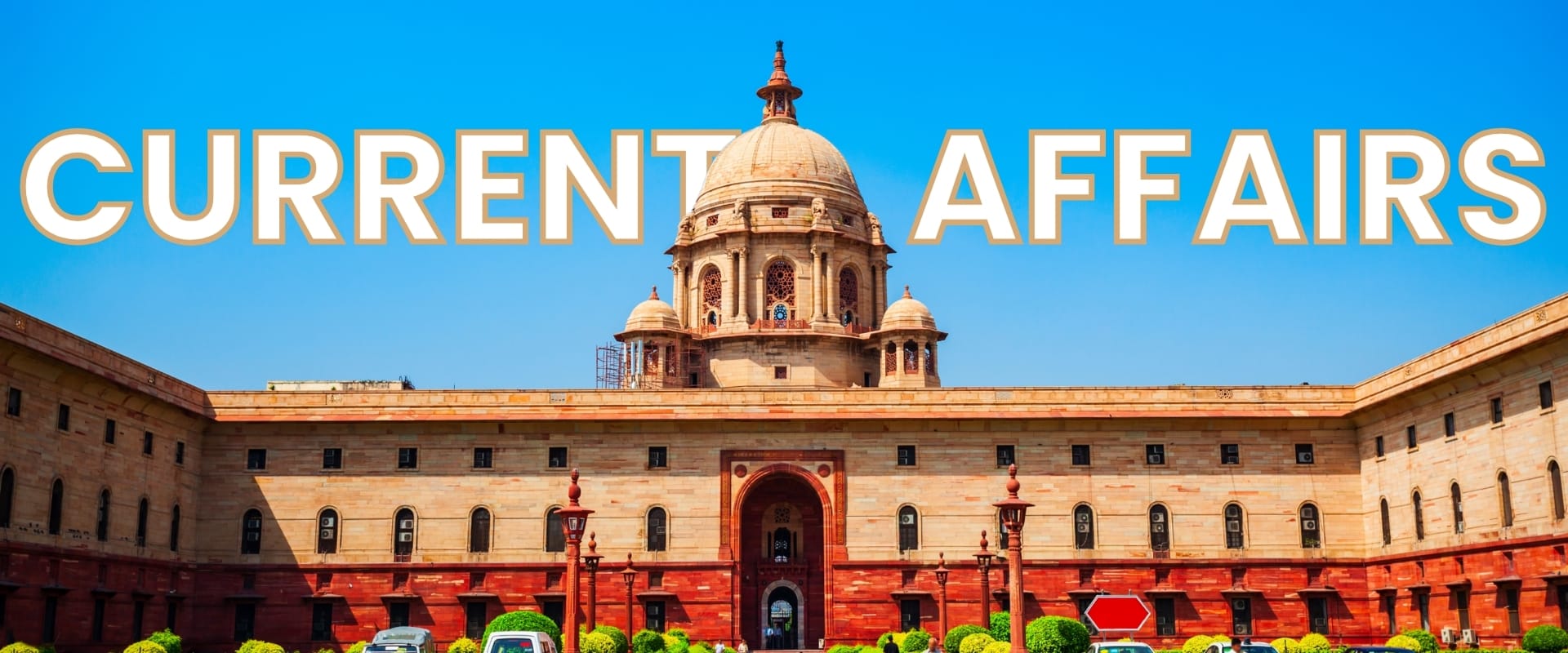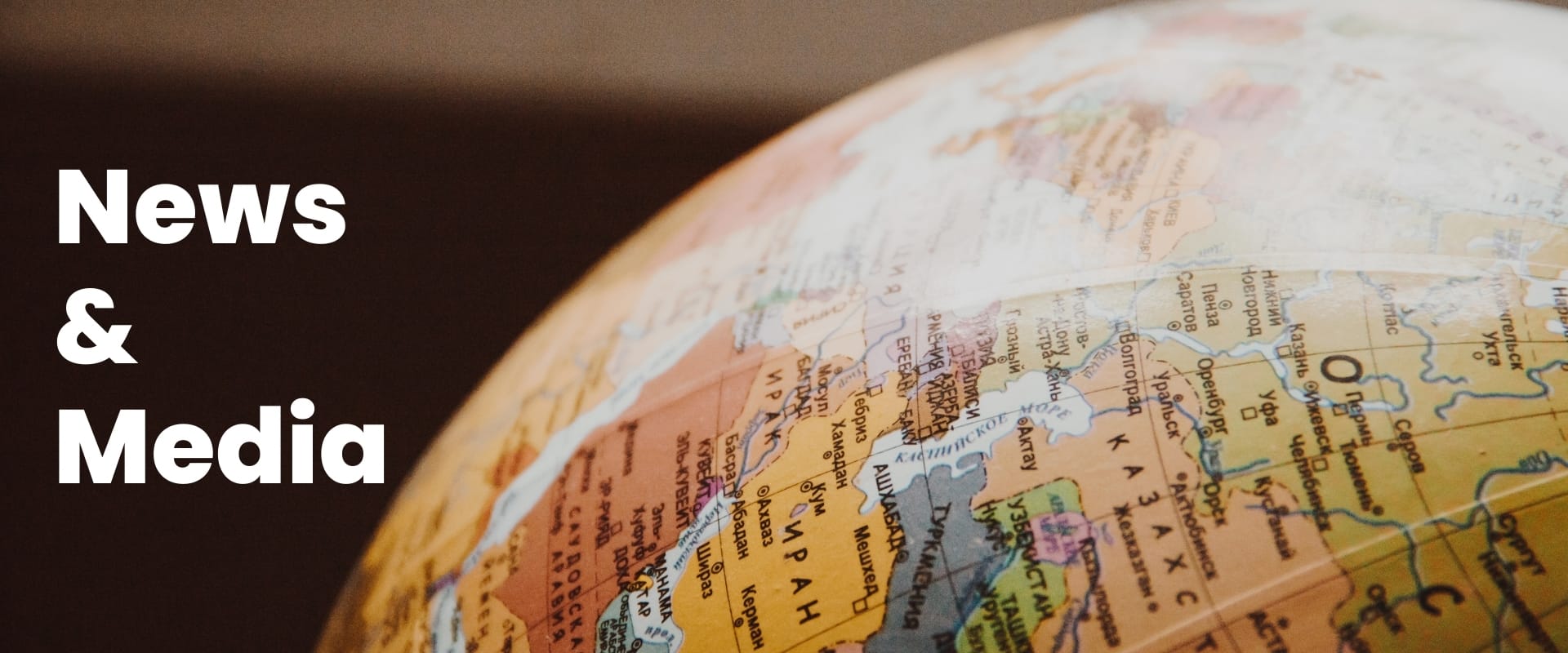Italy welcomes back the Winter Olympics after a 70-year gap since Cortina d’Ampezzo’s 1956 hosting. The next Winter Olympics, officially known as Milan Cortina Olympic Games 2026, will run from February 6 to Feb 22, 2026, bringing together 2,900 elite athletes from 90 countries worldwide.
The Winter Games 2026 will showcase 116 events across 8 sports and 16 disciplines. Ski mountaineering makes its Olympic debut as a new Winter Olympic event. The games embrace an eco-friendly approach with 93 percent of venues either existing or temporary facilities. Italy’s hosting plan features a unique dual-city model where Milan and the alpine resort town of Cortina d’Ampezzo share the responsibilities. Sports fans will love watching the opening ceremony at the iconic San Siro (officially Giuseppe Meazza Stadium), while the historic Verona Arena hosts the closing celebration.
Host Cities and Key Dates of Milan Cortina 2026
The 2026 Olympics will make history as Milan and Cortina d’Ampezzo become the first dual-city hosts. This new approach marks a fresh chapter that shows how different locations can work together to create an outstanding sporting event.
Milan and Cortina d’Ampezzo: A dual-host model
Italy’s 2026 Winter Olympics brings a revolutionary polycentric model that goes beyond the two main cities. The host country has created a detailed plan where multiple regions work as one. Two main cities (Milan and Cortina), two regions (Lombardia and Veneto), and two autonomous provinces (Trento and Bolzano/Bozen) will join forces to make this happen.
The games will spread across four main geographical clusters:
- Milan Cluster: Ceremonies in Milan and Verona, plus ice hockey, speed skating, figure skating, and short track events in Milan
- Valtellina Cluster: Freestyle skiing and snowboard events in Livigno, ski mountaineering and men’s Alpine skiing on the Stelvio
- Cortina Cluster: Women’s Alpine skiing on the Tofane, curling and sliding sports in Cortina, and biathlon in Anterselva
- Val di Fiemme Cluster: Ski jumping in Predazzo and cross-country skiing in Tesero
This setup lets the games use existing venues effectively. Local Event Delivery Entities with experience in world-class competitions will manage each location.
Opening and closing ceremony venues
Balich Wonder Studio will produce an extraordinary opening ceremony on February 6, 2026, at Milan’s San Siro Stadium. The venue will welcome about 60,000 spectators. As part of the Milan Olympics festivities, the Olympic torch relay will make its way through Italy, culminating in the lighting of the Olympic cauldron during the opening ceremony.
The games will feature something unique – simultaneous athlete parades in different locations. Athletes can join parades in Milan, Predazzo, Livigno, or Cortina d’Ampezzo based on where they compete. Countries can have two flagbearers at different sites, while host Italy will proudly display four flagbearers.
Two Olympic cauldrons will light up the Winter Games 2026 – one at Milan’s Arco della Pace and another at Cortina d’Ampezzo’s Piazza Dibona.
The historic Verona Arena, a Roman amphitheater from 30 AD, will host the closing ceremony on February 22, 2026. This ancient venue perfectly showcases Italy’s cultural heritage as the games come to an end.
Event schedule and duration for Olympic Games 2026
Competition starts on February 4, 2026, two days before the opening ceremony, with mixed doubles curling. The games will run until February 22, 2026.
The 19-day winter sports schedule runs on Central European Time (CET):
- 1 hour ahead of UTC/Greenwich Mean Time
- 6 hours ahead of North American Eastern Time
- 9 hours ahead of North American Pacific Time
- 10 hours behind Australian Eastern Daylight Time
- 12 hours behind New Zealand Daylight Time
The 2026 Winter Paralympics will follow from March 6 to March 15, 2026.
Venues and Infrastructure Development
The Milan Cortina 2026 Winter Olympics will spread across a massive area of over 22,000 square kilometers. This makes it the biggest Winter Games ever in Olympic history. The games will take place in multiple regions of northern Italy. The organizers want to use existing facilities wherever possible.
Overview of venue clusters
The 2026 Olympic venues will be spread across several main clusters. This smart planning reduces the need to build new facilities:
- Milan Cluster: Has four competition venues including the Milano Ice Skating Arena, Milano San Siro Olympic Stadium, Milano Santagiulia Ice Hockey Arena, and Milano Speed Skating Stadium
- Cortina Cluster: Features the Cortina Curling Olympic Stadium, Cortina Sliding Center, and Tofane Alpine Skiing Center
- Mountain Venues: Contains Anterselva Biathlon Arena, Stelvio Ski Center (Bormio), Livigno Snow Park, Tesero Cross-Country Skiing Stadium, and Predazzo Ski Jumping Stadium
- Verona: The historic Verona Olympic Arena will host the closing ceremony
The games will use 15 venues for sporting competitions. The organizers have created a smart venue strategy that uses existing infrastructure and minimizes environmental effects.
New constructions vs reused facilities
The Winter Games 2026 will use mostly existing or temporary structures – more than 90% of venues fall into these categories. This matches perfectly with the International Olympic Committee’s cost-cutting reforms. Some new developments are still needed:
David Chipperfield Architects Berlin designed the Milano Santa Giulia Arena. This 16,000-seat venue will host ice hockey events. The €180 million facility will become a concert hall and sports arena after the games.
Skidmore, Owings & Merrill designed the Olympic Village in Milan at the old Porta Romana Railway Yard. The project has six new residential buildings and two restored historic structures. Athletes will stay here during the games, and later it will become student and affordable housing.
Sustainability and legacy planning
Sustainability is the life-blood of these Games. Italy has started over 330 legacy projects. These projects focus on seven main areas: sport and physical activity, gender equality and inclusion, accessibility, skills, mobility, environment, and health and healthcare.
The Milan Cortina 2026 Olympics should create many jobs through better infrastructure and more tourism. The legacy strategy will help stop people from leaving mountain areas. It will also support urban renewal projects in cities like Milan and Verona.
Sports, Events, and New Additions in Olympic Games 2026
The Winter Olympics 2026 will feature 116 medal events in 16 disciplines. This marks an addition of seven events and one discipline compared to Beijing 2022. These changes show the continuous development of the Olympic Games 2026 program that becomes more inclusive and diverse each year.
List of 16 disciplines and 116 events
Athletes will compete in 16 distinct sport disciplines at the Olympic games 2026: alpine skiing, biathlon, bobsleigh, cross-country skiing, curling, figure skating, freestyle skiing, ice hockey, luge, Nordic combined, short track speed skating, skeleton, ski jumping, ski mountaineering, snowboard, and speed skating. This detailed lineup will bring together more than 3,500 athletes from about 93 countries who will compete for 195 medals.
The Winter Olympic Games 2026 stands out because of its unprecedented gender equality. Women’s participation will reach its highest level in Olympic Winter Games history at 47%. This achievement marks the most important milestone in Olympic gender parity.
Debut of ski mountaineering
Ski mountaineering, known as “skimo,” will make its first Olympic appearance in Olympic Games 2026. This new sport will feature three medal events:
- Men’s sprint
- Women’s sprint
- Mixed relay
Ski mountaineering blends elements of Alpine and cross-country skiing into a race that tests both physical and technical abilities. Athletes race through mountain terrain that has uphill sections (using climbing skins on skis for grip), on-foot sections (carrying skis on backpacks), and downhill sections through gates. Sprint events feature one section each of uphill, on-foot, and downhill with elevation changes up to 70 meters. Bormio’s Stelvio Ski Center will host all ski mountaineering events.
Changes in luge, skeleton, and freestyle skiing
The Milan Cortina 2026 brings several changes to existing sports. Luge’s program now features separate men’s doubles and women’s doubles events instead of the open doubles format. This gives women equal medal opportunities in the sport.
Skeleton adds an exciting mixed team event where one male and one female athlete represent each nation. This mixed relay format creates new competitive dynamics.
Athletes will compete head-to-head on the bumpy course in freestyle skiing’s new men’s and women’s dual moguls events. Women can now compete in large hill individual competitions in ski jumping, matching men’s opportunities.
Team alpine combined takes over from individual formats. Cross-country skiing now has women racing the same distances as men. Team ski jumping and Nordic combined will switch to two-person teams.
Participating Nations and India’s Performance in Past Olympics
The global sporting community can’t wait for the Winter Games 2026. This event will be an amazing showcase of winter sports excellence.
Expected number of athletes and countries
About 90 countries will send their athletes to the Olympic Games 2026. This number matches the strong international turnout from previous Winter Olympics. Athletes will show their skills across 116 events in 16 disciplines against Italy’s beautiful landscapes. Teams are now going through Olympic qualification, and the selection process will heat up as we get closer to the games.
India’s medal winners in Tokyo 2020
Let’s take a look at India’s recent Summer Olympic achievements to understand the country’s Olympic trip. India grabbed its highest medal count ever at Tokyo 2020 with seven medals.
- Neeraj Chopra wrote history by winning India’s first Olympic athletics gold in javelin throw.
- Mirabai Chanu and Ravi Kumar Dahiya picked up silver medals in weightlifting and wrestling.
- P.V. Sindhu (badminton), Lovlina Borgohain (boxing), and the men’s hockey team won bronze medals.
- The hockey medal was extra special as it came after a 41-year wait.
India’s performance in Paris Olympics 2024 (to be updated)
Beyond the Milan Cortina 2026, India’s story at the Paris 2024 Summer Olympics is still unfolding. The Indian team wants to build on their Tokyo success and grab more medals. India doesn’t send many athletes to Winter Olympics traditionally. For the Winter Games 2026, the focus will likely stay on building better winter sports facilities and developing talent in sports like alpine skiing and luge where Indian athletes have competed before.
Italy is busy getting its venues ready for the Milan Cortina 2026. Meanwhile, all participating nations including India keep pushing toward Olympic excellence in both summer and winter sports.
Theme of the Winter Olympics 2026
The Milan Cortina 2026’s branding elements showcase Italy’s vibrant culture through state-of-the-art mascots, music, and messaging. These elements blend together to create a cohesive identity that captures Italian creativity and spirit.
Mascots Tina and Milo
Two stoat siblings, Tina and Milo, serve as the official mascots for the Winter Games 2026. Tina’s white coat represents the Olympic Winter Games, while her brother Milo’s brown coat symbolizes the Paralympic Winter Games. Their names draw inspiration from the host cities—Tina from Cortina d’Ampezzo and Milo from Milano. Students at the Istituto Comprensivo Taverna won a nationwide competition that brought these mascots to life. Six small snowdrops known as “The Flo” will join Tina and Milo as they promote the Milan Cortina 2026.
Theme song: ‘Fino all’alba’
“Fino all’alba” (Until Dawn) stands as the Milan Cortina 2026 official anthem. The uplifting song, performed by Italian singer Arisa, comes from “La Cittadina” youth music group based in San Pietro Martire in Seveso. The anthem earned its official status by winning 72% of public votes.
Slogan: IT’s Your Vibe
“IT’s Your Vibe” emerges as the Winter Games 2026 groundbreaking motto. This dynamic slogan works as a communications system rather than a simple phrase. The “IT” cleverly represents both Italy and the contraction “it’s”. The motto adapts naturally to different contexts, becoming “IT’s Talent – IT’s Your Vibe” for athletes or “IT’s Creativity – IT’s Your Vibe” for state-of-the-art achievements.
Corporate sponsors and branding
The Milan Cortina 2026 boasts 52 official partnerships at multiple levels. Eight Premium Partners, including major Italian companies like ENEL, Eni, Poste Italiane, and Stellantis, support the games. Global backing comes from Worldwide Olympic Partners such as Airbnb, Alibaba, Coca-Cola, Visa, and Samsung through the IOC’s TOP program.
Olympic Games Timeline: Host Countries from 2006 to 2036
The Milan Cortina 2026 represents another milestone in the ongoing development of Winter Games hosting patterns.
Last 15 years of Olympic host countries of Winter Olympics
| Year | Olympics Type | Host City/Country | Selection Date |
| 2006 | Winter | Turin, Italy | 1999 |
| 2010 | Winter | Vancouver, Canada | 2003 |
| 2014 | Winter | Sochi, Russia | 2007 |
| 2018 | Winter | Pyeongchang, South Korea | 2011 |
| 2022 | Winter | Beijing, China | 2015 |
| 2026 | Winter | Milan–Cortina, Italy | June 24, 2019 |
Trends in Olympic hosting
The Milan Cortina 2026 selection process showcases significant reforms in Olympic bidding procedures. The IOC (International Olympic Committe) introduced Olympic Agenda 2020 in 2014 that changed toward sustainability. This new approach allows host cities to create projects aligned with their development goals. The Winter Games 2026 will utilize 93% existing or temporary venues. These reforms have successfully reduced candidature budgets by 80%.
Future host cities and what to expect
Los Angeles will welcome the 2028 Summer Olympics after the Milan Cortina 2026. The French Alps and Brisbane, Australia will host the 2030 Winter Games and 2032 Summer Olympics respectively. Salt Lake City has secured the 2034 Winter Games. Western Europe, North America, and Australia have traditionally dominated Olympic hosting with 41 out of 54 Games. The Olympic committee now aims to vary locations by including previously overlooked regions.
Key Takeaways
The Milan Cortina 2026 introduces groundbreaking innovations in Olympic hosting while prioritizing sustainability and inclusivity across Italy’s diverse landscape.
• Dual-city hosting model debuts: Milan and Cortina d’Ampezzo share hosting duties across four venue clusters, creating the most geographically widespread Winter Games in Olympic history.
• Sustainability leads with 93% existing venues: Over 90% of competition facilities are either pre-existing or temporary structures, dramatically reducing environmental impact and construction costs.
• Ski mountaineering makes Olympic debut: The new sport joins 115 other events across 16 disciplines, while achieving the highest women’s participation rate (47%) in Winter Games history.
• Historic venues blend with modern innovation: Opening ceremony at Milan’s San Siro Stadium and closing at Verona’s ancient Roman amphitheater showcase Italy’s cultural heritage alongside cutting-edge facilities.
• Legacy planning extends beyond sports: Over 330 legacy projects focus on urban regeneration, mountain area revitalization, and long-term community benefits across northern Italy.
The Games run February 6-22, 2026, featuring approximately 2,900 athletes from 90 countries competing in venues that will serve communities for generations to come.
FAQs
Q1. When and where will the next Winter Olympics take place?
The next Winter Olympics, officially known as Milan Cortina 2026, will be held from February 6 to 22, 2026, in Italy. The Games will be co-hosted by the cities of Milan and Cortina d’Ampezzo, marking the first time a Winter Olympics has featured a dual-city hosting model.
Q2. How many events and disciplines will be featured in the Olympic Games 2026?
The Milan Cortina 2026 will showcase 116 medal events across 16 disciplines. This represents an increase of seven events and one discipline compared to the previous Winter Games in Beijing 2022, demonstrating the continued evolution and expansion of the Olympic program.
Q3. What new sport is being introduced in the Winter Olympic Games 2026?
Ski mountaineering, often referred to as “skimo,” will make its Olympic debut at the Winter Olympic Games 2026. This exciting addition will feature three medal events: men’s sprint, women’s sprint, and mixed relay, bringing a new dimension of mountain sports to the Olympic program.
Q4. How is sustainability being addressed in the 2026 Winter Olympics?
Sustainability is a key focus of the Milan Cortina 2026, with over 93% of the competition venues being either existing or temporary facilities. This approach significantly reduces the environmental impact and construction costs while aligning with the International Olympic Committee’s cost-cutting reforms and sustainability goals.
Q5. What are the mascots for the Olympic Games 2026?
The official mascots for the Milan Cortina 2026 are two stoat siblings named Tina and Milo. Tina, with her white coat, represents the Olympic Winter Games, while her brown-coated brother Milo symbolizes the 2026 Winter Paralympics. Their names are derived from the host cities – Tina from Cortina d’Ampezzo and Milo from Milano.






























